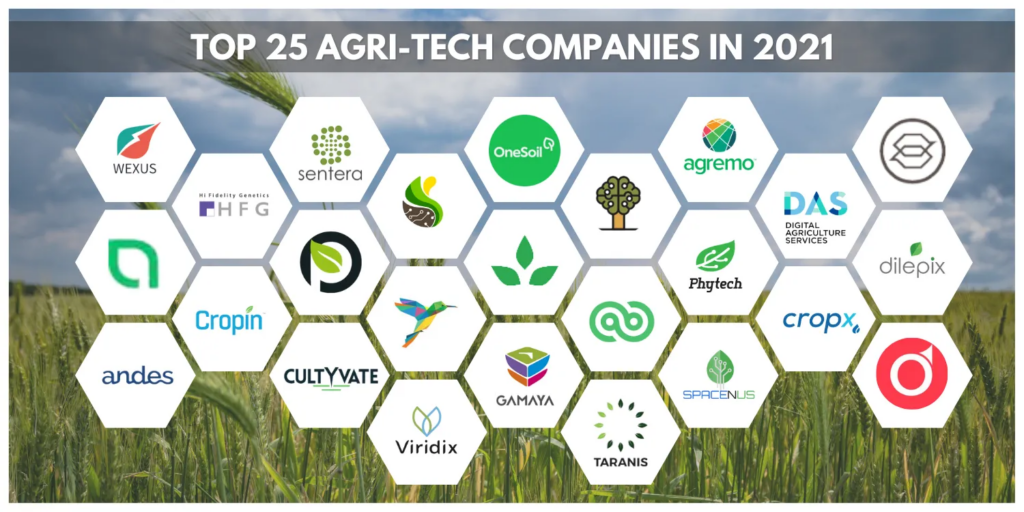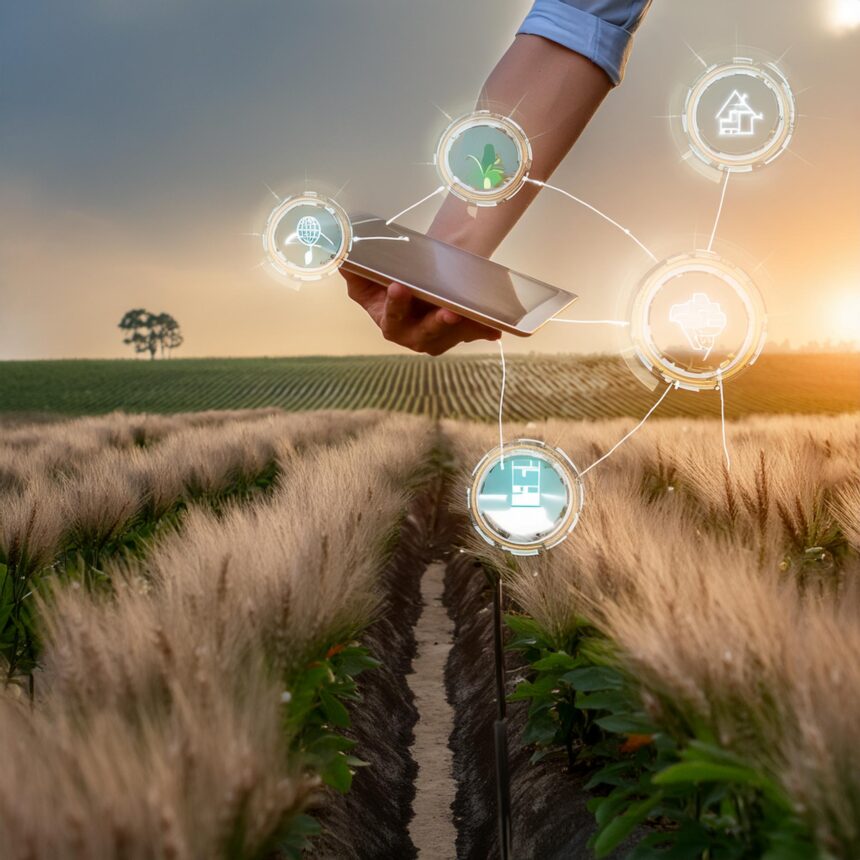The agriculture in the United States, Europe, and China is undergoing a revolutionary transformation as farms increasingly integrate artificial intelligence (AI) into their operations. This shift is not just about adopting new technologies but is transforming farms into tech-savvy enterprises, poised to meet the challenges of the 21st century.
What’s Happening & Why This Matters
In America, farms are quickly embracing AI to address a host of pressing challenges, including labor shortages, climate change, and the need for increased production efficiency. AI applications range from autonomous tractors and drones to sophisticated data analytics for precision farming. With a dwindling and aging workforce, farms are under pressure to find sustainable ways to maintain productivity. AI tools offer solutions by automating labor-intensive tasks and enhancing decision-making with real-time data, thereby reducing the need for human labor and increasing crop yields.
“The transformation of U.S. farms through AI is profound, offering a glimpse into the future of farming,” says Patrick Schnable, a distinguished professor at Iowa State University. The federal government and private sector are heavily investing in agricultural AI, providing financial incentives and support to accelerate the adoption of these technologies. This backing underscores the importance of AI in securing the future of food production in the U.S. and globally.

Innovations such as John Deere’s autonomous tractors and AI-driven pest management systems illustrate how AI is being deployed on farms. These tools not only improve operational efficiency but also contribute to environmental sustainability by optimizing resource use. AI applications help farmers manage vast amounts of data to make informed decisions about planting, harvesting, and managing resources, which is crucial in an era of unpredictable weather patterns due to climate change.
Impact
AI enables more precise agriculture, which reduces waste, saves water, and minimizes chemical use, leading to more sustainable farming practices. This shift is crucial as farms try to produce more food with fewer resources. The adoption of AI is transforming the agricultural sector into a high-tech industry, creating new jobs and business opportunities while also requiring new skills from the workforce.
As farms become more automated, there are significant implications for rural employment and communities, highlighting the need for policies that support workforce transitions.
“While the benefits are clear, it’s essential to navigate the social and ethical implications to ensure that this technological evolution benefits all stakeholders.”

TF Summary: What’s Next
As AI becomes more entrenched in agriculture, the next few years will be critical in shaping how effectively these technologies are integrated into daily farming operations. Continued innovation and collaboration between tech developers, farmers, and policymakers will be vital to harnessing AI’s full potential while addressing the societal impacts of rapid technological change. The evolution of farms into tech companies could set a precedent for other sectors, potentially leading to a broader transformation of the American economy.



